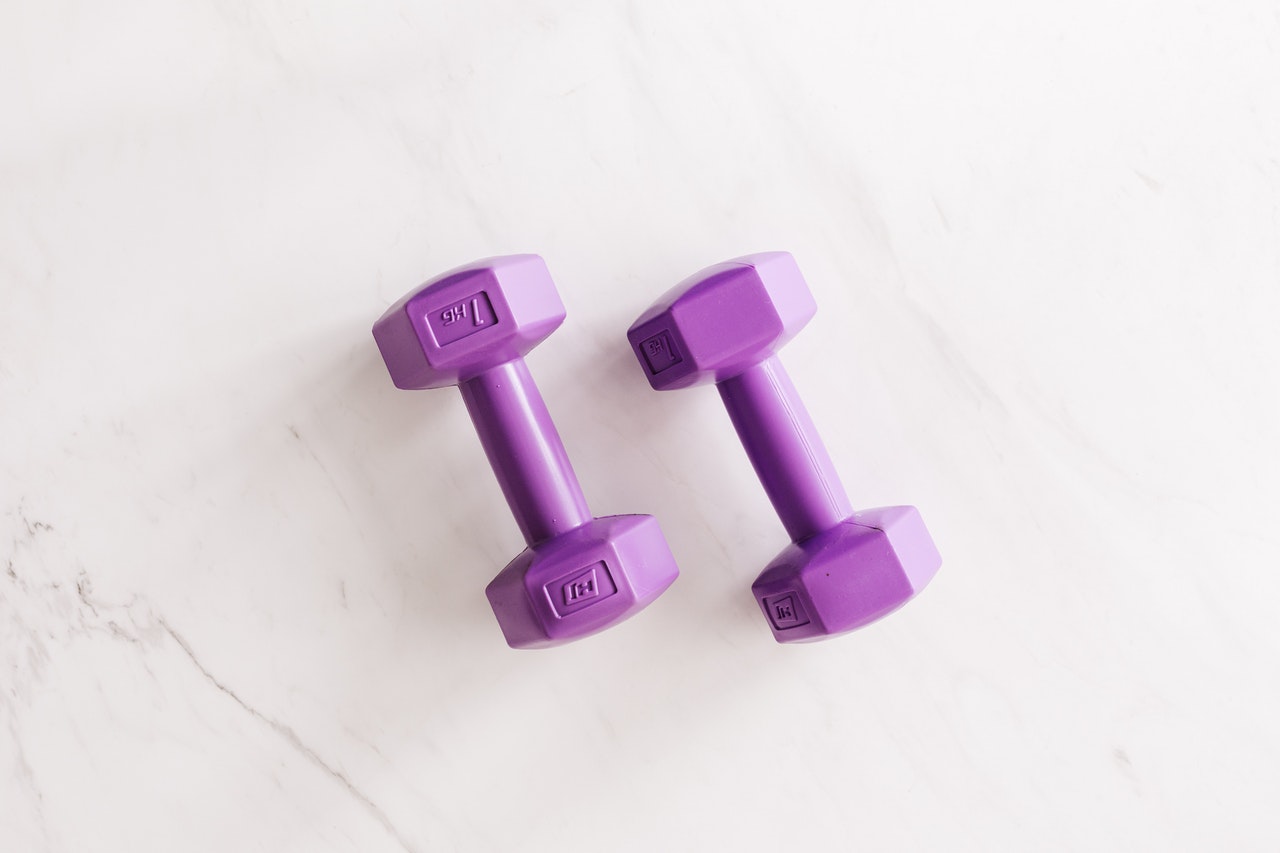Setting up a home gym is a good idea for people who don’t want to spend money on a gym membership/ maybe you want to enjoy your workouts in privacy at your home or you like the convenience of a home gym.
With the outbreak of the Corona( Covid 19) Virus, setting up a home gym can be the best thing you can do to keep up your exercise routine. Gyms and fitness centers are prohibited due to lockdowns in many parts of the world.
The good news is, you can set up a home gym easily and affordable. The thing is to know exactly what you want and your budget, if the price wasn’t an issue, I would recommend getting expensive cardio equipment, full dumbbells racks, some barbells, etc. But that’s expensive and unnecessary.
First things first, you need to think about space. Find some space in your home, you don’t need much ideally I recommend 2 meters by 2 meters open place that allows you to lay, move or jump in any direction. If you don’t have a separate room in your home, you can literally move some furniture around to create space for a yoga mat. Also, consider a full-length mirror so you can watch yourself and check your form.
Next, this one of the most important things you need to consider, what equipment do you need? So you can use only your bodyweight if that’s what you have available. However, I recommend a few vital types of equipment that won’t break your bank.
1. Yoga Mat –

You going to need a mat for floor exercises and stretching. This is one of the cheapest and easiest equipment to get.
2. Resistance Bands –

This is yet another really affordable but effective equipment to train your upper body but there not super helpful to train the lower body, there exercise you can do for the lower body but resistance bands are not ideal. A few pairs of bands will help train your upper body well.
3. Dumbbells –

You can pretty much train every part of the body with your own bodyweight very effectively. However, when it comes to back and biceps – unless you have a pull-up bar it is ideal to have some free weights around. Plus, it’s nice to have the option of doing weighted lunges, squats, and deadlifts. If you just want to keep it light I recommend a little set that scales from 3kgs to 7kg. However, if you are looking to do some serious heavy lifting you might want to consider making an investment in an adjustable pair. They run from 3kgs to 20kgs or 5kg to 30kg. These will cost you several hundred Rants, but you can do just about anything with them and they don’t take up a ton of space.
4. Cardio Equipment –

if you want a treadmill or a bike and have the money for one, by all means, go for it. These are big purchases though. They cost a lot, they take up space, and they don’t offer the most efficient workout. So if you want one get one. There is no right piece except the one you will use. But you absolutely do not need anything like this. You can very effectively use your body weight to get in HIIT and/or cardio workouts with exercises like jumping jacks, butt kicks, high knees, skaters, jump rope (no rope needed), etc.
5. Weight Bench –

The weight bench is one of the most versatile and useful fitness equipment in the gym. There are many kinds of weight benches; flat, angled, upright, or adjustable. They are great equipment that allows you to lift heavy weights safely so that you can get ripped and the best thing about it is that you don’t need to be a pro in the gym. One of the best things about the weight bench is the sheer amount of exercises that you can do while using it. A weight bench is useful, but also unnecessary. You can use a chair, coffee table, do dips off, etc. You can simply use the yoga mat as mentioned above.
Bottom line:
Setting up a home gym can be the best thing you can do for your exercise routine. Most people set up home gyms and end up not making use of the equipment, having motivation and drive is key to working out from home, as much as it’s a good idea. It can be hard working out from home. My last tip – if you are feeling lost like you don’t know what to do – honestly you aren’t supposed to. That’s why people become trainers. Whether it’s training with me or someone else, we trainers know how to work you out effectively without a ton of space or equipment.







